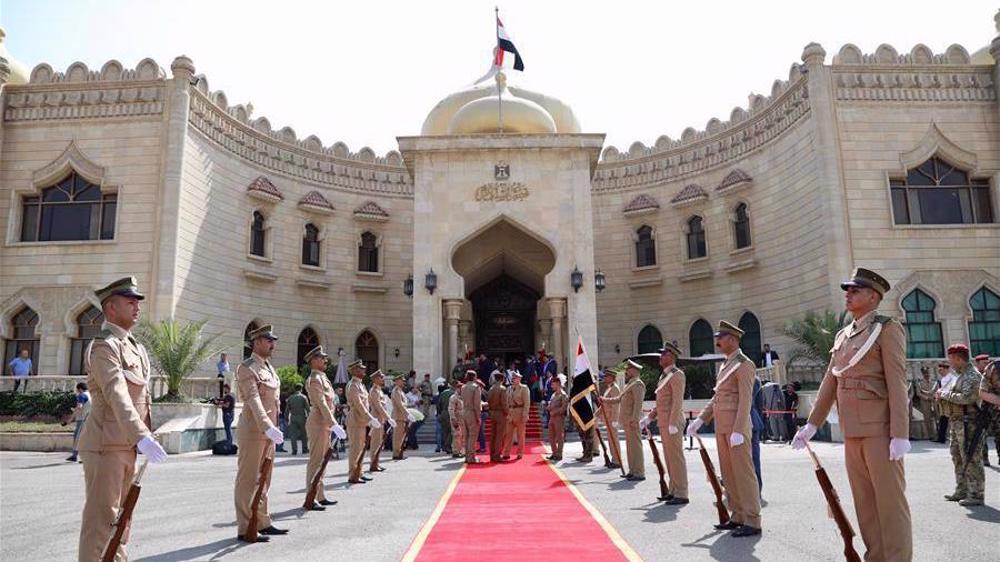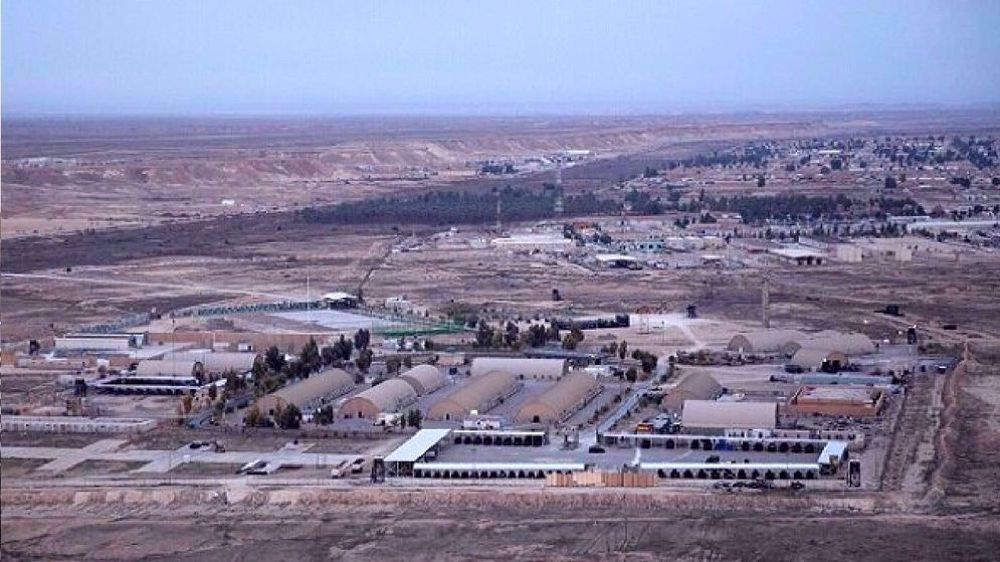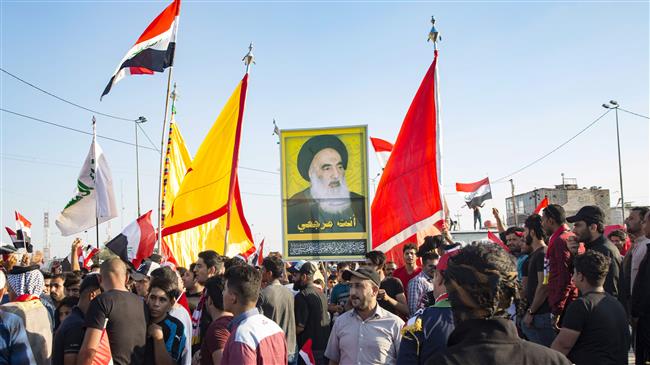Iraq on precipice of deeper chaos as US steps up meddling
Alarm bells are starting to ring for Iraq where a series of suspicious events, including unknown assailants machine-gunning protesters in Baghdad and a drone targeting an anti-US cleric, have raised fears of the country slipping deeper into violence and chaos.
Armed men emerged from cars overnight Friday, opening fire on protesters and killing at least 25 people who were in a building where many supporters of Moqtada al-Sadr gathered to stage demonstrations.
Sources said nearly 130 others were wounded by gunfire and stabbings which targeted protesters at the Sinak bridge near Tahrir Square. At least three of the dead were policemen.
The demonstrators called on the Iraqi military to intervene, but some soldiers were attacked when they arrived, adding to the confusion and forcing them to retreat.
Witnesses said at least some of the attackers, and maybe all of them, fled the scene in white pickup trucks. Video footage showed at least seven vehicles.
No one has claimed responsibility for the lethal assaults, which have been rare since the protests began more than two months ago, but such assaults bear all the hallmarks of Takfiri terrorist groups.
President Barham Salih on Saturday said the attack on protesters was “a criminal, armed attack carried out by criminal and outlaw gangs,” calling on security forces to “chase the outlaw criminals and arrest them and bring them to the judiciary for punishment.”
According to witnesses, some of the gunmen involved in the Baghdad attack appeared to be wearing the military uniforms of government forces, a tactic which Takfiri groups have frequently used in the past.
Some of the attackers were wearing uniforms of the pro-government Hashd al-Sha'abi, and some were in civilian clothes, they said.
US targets regular bete noire
The US was quick to implicate Hashd al-Sha'abi, a combination of some 40 groups of mostly Shia fighters as well as Sunnis and Christians, which are currently integrated into the regular armed forces.
In a statement released on Friday, US Secretary of State Mike Pompeo announced sanctions on Qais al-Khazali and his brother Laith, two leaders of the Asaib Ahl al-Haq group, as well as Hussein Falil Aziz al-Lami of Kata'ib Hezbollah.
Iraqi groups denounced the measure, with the Hikma bloc of the Iraqi parliament decrying it as an instance of “blatant meddling in Iraq’s affairs.”
“Die of your anger, for we lead the resistance against occupation, Takfiri terrorism, separatism and ambitions,” spokesperson for the al-Sadiqoun parliamentary bloc Mohammad al-Rabiei said, adding that his groups stand “against the hegemonic plans of the US.”
Washington has long pressured Iraqi governments to counter Hashd al-Sha'abi which is staunchly opposed to the presence of American forces and closely watches their steps in Iraq.
Daesh link
On Friday, Hashd al-Sha'abi sources said the US was allowing Daesh to roam freely under its watch in Iraq’s western Anbar province.
“The way in which American aircraft act in regard to Daesh positions in al-Anbar’s northern areas has raised many questions,” Iraq's al-Maalomah news agency quoted an unnamed source in Hash al-Sha'abi's Operations Command in Anbar as saying.
“American planes fly over these regions for long durations without striking any Daesh cell positions,” the source said.
The American behavior was “surprising,” specifically because the mission of US forces deployed in Anbar’s Ayn al-Assad military base was to “strike Daesh sleeper cells,” the source added.
Hashd al-Sha'abai was formed shortly after the Daesh terrorist group emerged in Iraq in 2014. In November 2016, the Iraqi parliament voted to integrate the group into the regular armed forces despite US efforts to sideline it.
US forces and Israeli-operated drones have repeatedly targeted Hashd al-Sha'abi forces in the past, Iraqi officials have said.
On Friday, a drone hit the al-Hannanah neighborhood in the holy city of Najaf, where the residence of staunch anti-American cleric al-Sadr is located.
Iraqi officials called for an investigation into the attack apparently targeting Sadr as well as the killing of protesters in Baghdad.
The attack in Baghdad came just after Iraqis took to the streets in the capital to back top Iraqi cleric Grand Ayatollah Ali al-Sistani.
During his weekly Friday sermon, Ayatollah Sistani said violence and chaos will only hinder true reforms as demanded by anti-corruption and economic protesters in Iraq, calling on demonstrators to counter violent rioters.
A representative of Ayatollah Sistani conveying the cleric's sermon to worshipers during the Friday prayers in Karbala, advised the protesters against allowing rioters to infiltrate the rallies and target "security forces and destroy public and private property.”
VIDEO | Press TV's news headlines
VIDEO | US's illegal assassination of Martyr Haj Qassem Soleimani
Israel kills Palestinian girl in Gaza amid repeated ceasefire breaches
Poll: 87% of Arabs reject recognition of Israel
US says will control Venezuela’s oil sales, proceeds ‘indefinitely’
US imperial oil heist in Venezuela
Protests sweep US as Trump administration defends ICE agent in fatal shooting
‘Yankees go home’: Colombian protesters decry Trump’s military threats















 This makes it easy to access the Press TV website
This makes it easy to access the Press TV website